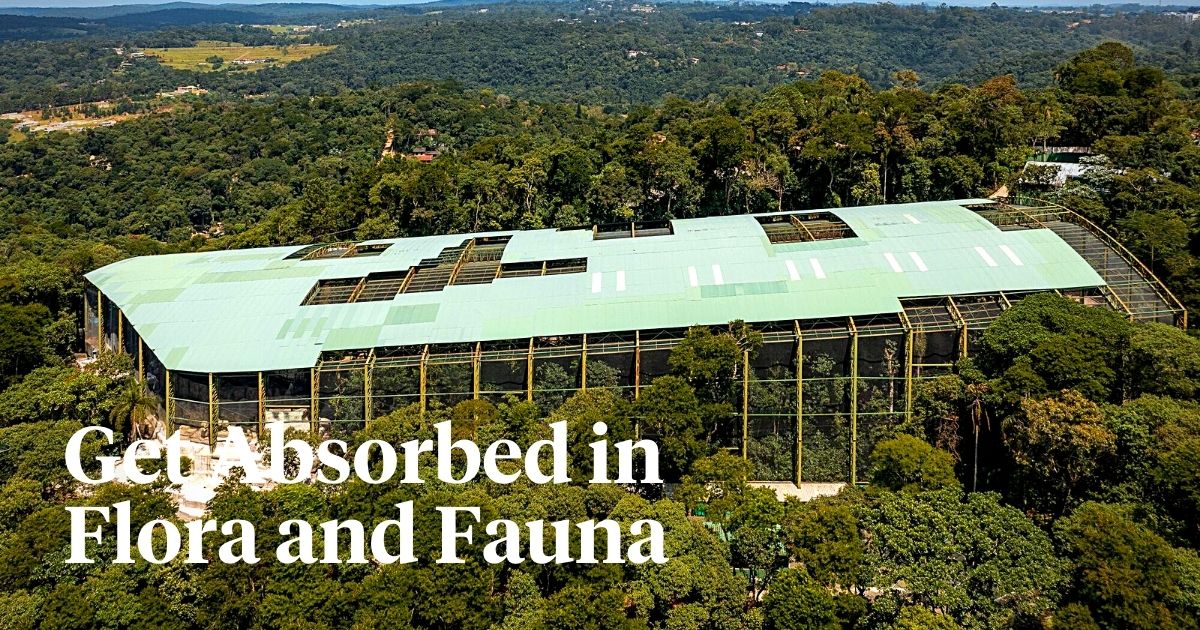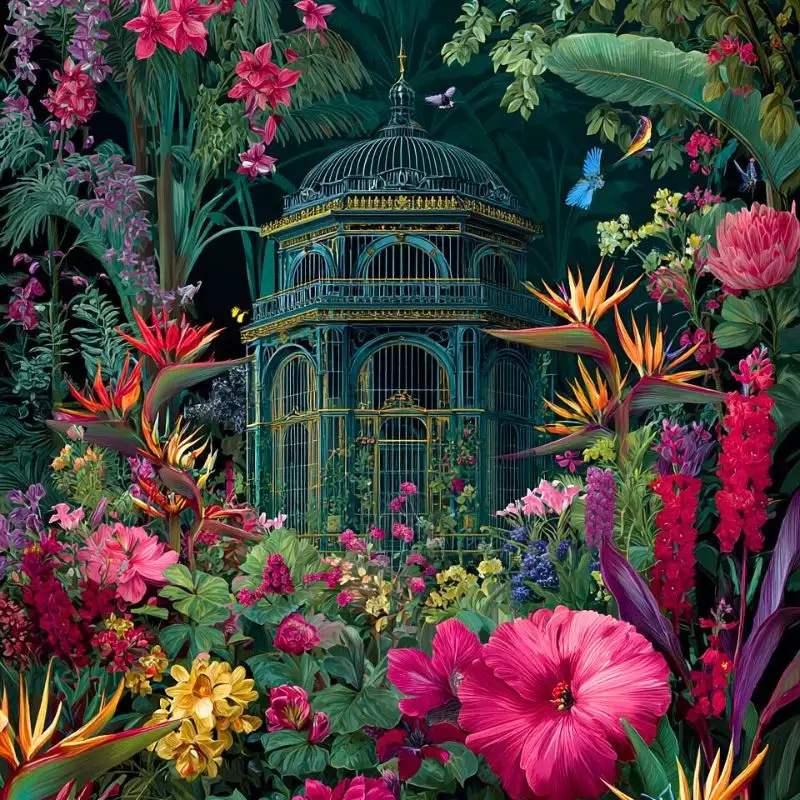Animalia Park is a new bio park in the Brazilian municipality of Cotia, within the São Paulo metropolitan area. This park is designed by AM2 Arquitetura’s designer Alessandro Malara Manso to combine hospitality, culture, sustainability, and green design architecture. It was idealistically created to connect humans and animals in a way that is both educational and respectful of the environment. The bio park offers visitors a unique and immersive experience of nature.
The Concept of Immersion Enclosure
The idea of Animalia Park and its plan were conceptualized in 2013. Its design is based on the concept of ‘Immersion Enclosure,’ which integrates visitors into an environment where greenery invades the built-up space and animals are able to freely ramble. There are, however, special barricades that guide the human-animal movement, while ensuring the well-being and comfort of the animals.
Essentially, an ‘Immersion Enclosure’ can best be described as a setting in which visitors and nature enthusiasts are able to directly interact with fauna in a space that closely resembles the animals’ original habitations.

The Animalia Park project, for that reason, pays keen attention to this environmental amelioration concept, by integrating natural substrates, native vegetation, water ponds, and scenic cascades and waterfalls that imitate an all-inclusive natural ecosystem. This bio park integrates the barrier functions to ensure the comfort of animals even when the usual human circulation is at its peak.
In view of that, the primary objective of such a bio park is not only to showcase animals and other fauna to the visitors but also to establish a closer connection between the people and the animals, ensuring that their well-being is observed and that their natural habitat's qualities are preserved.
Some Elaborate Details of the Animalia Biopark
The rich ecosystem of Animalia Park covers an area of 10,000 m² (approximately 10,763.9 ft²) within a 35-acre plot, designed with paramount respect for the original landscape of the region.
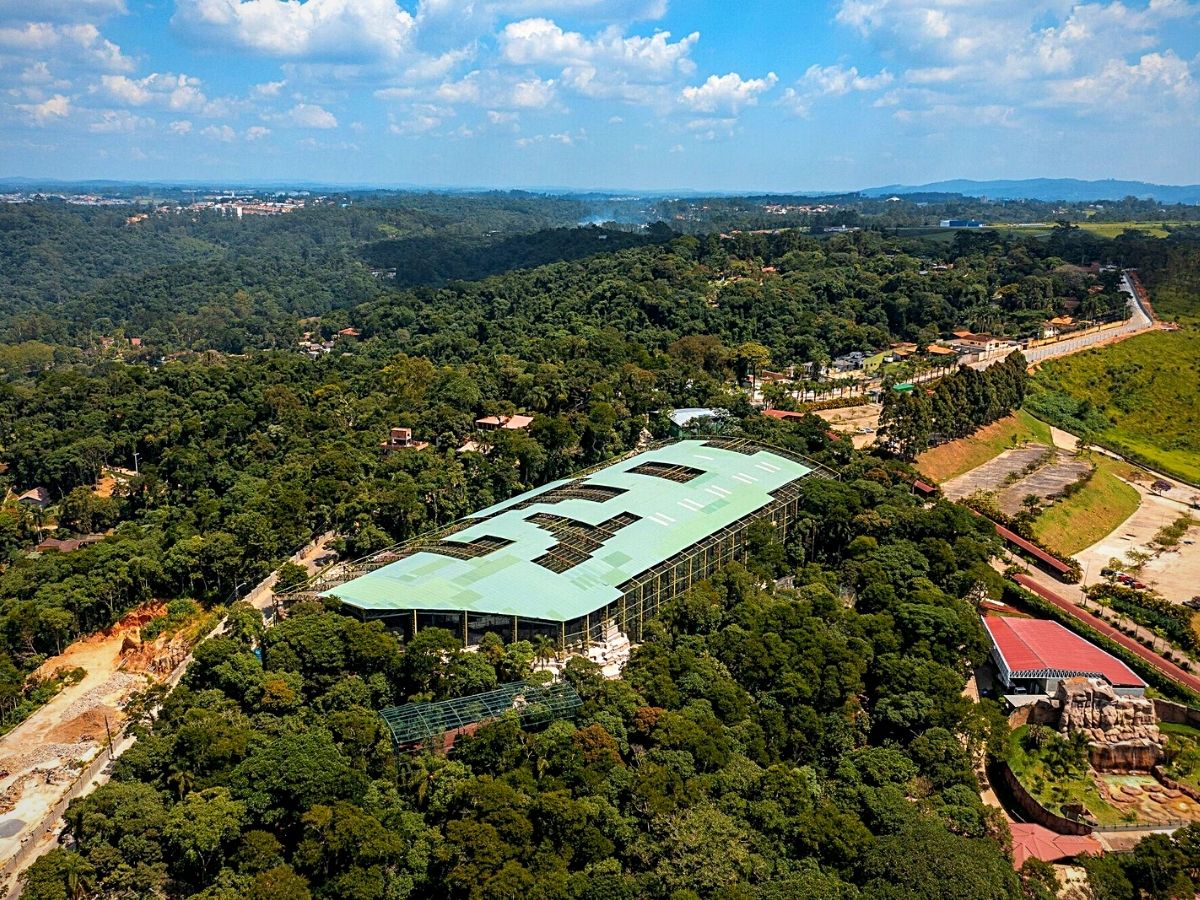
The whole area within, and without the bio park also contains an abundance of nature and is designated a place of conservation and environmental preservation. It shelters different species of plant life and animals, some of which are at risk of extinction.
For the barriers, there are no rail palings, but rather glasses to enable easy observation of the animals. These barriers have viewpoints that allow the children to easily see through. This is a basis for the inclusion of youngsters in the park.
The trails for walking are wide and flat, making them easily accessible for both strollers and the disabled who use wheelchairs.
AM2 Arquitetura's architect Alessandro Malara explains:
“This project encompasses an abundance of intricate details, which our office had not yet encountered. The collaboration among professionals and technicians involved in the project facilitated the exchange of experiences and knowledge.”
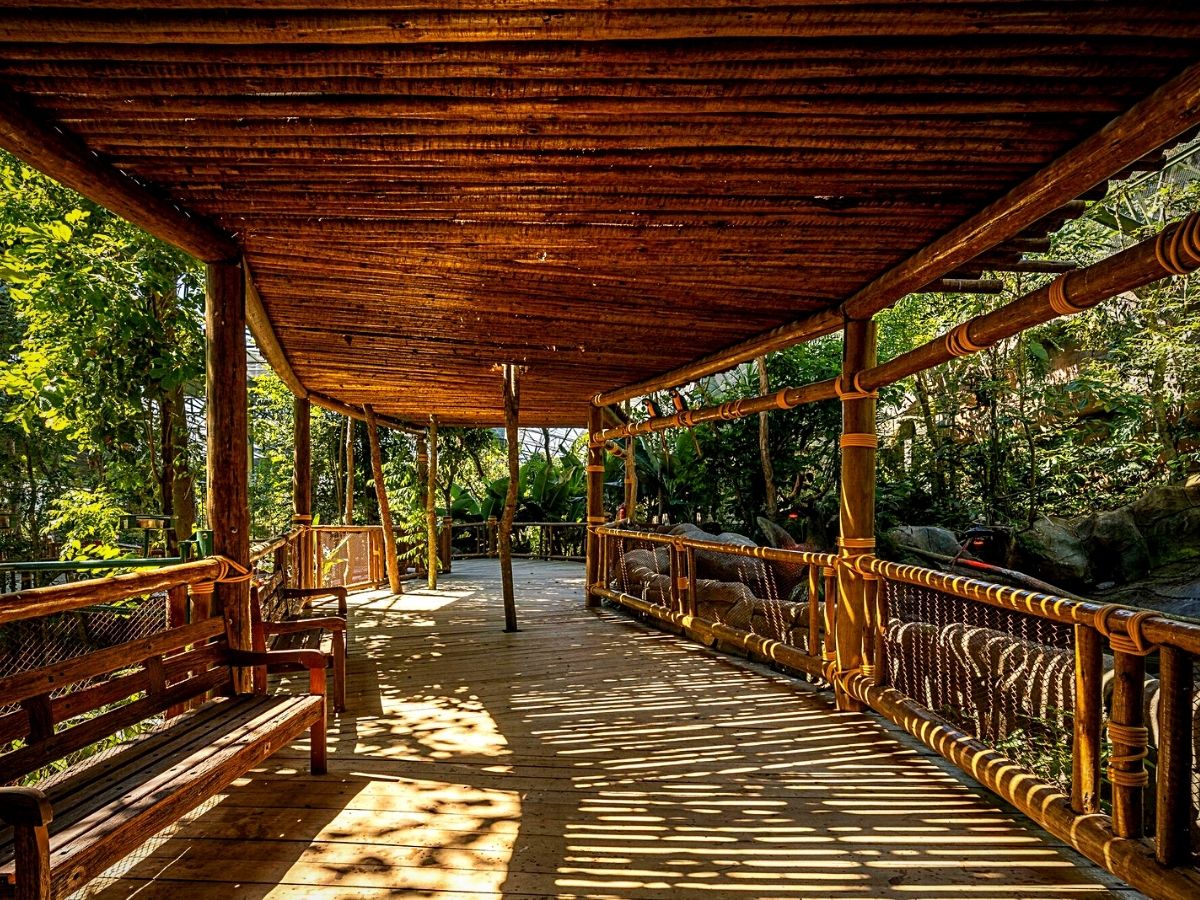
What's more, the linear pathway of the bio park serves as both a walkway and a hub. It has resting points that are designed to provide visitors with sensory experiences. The suspended walkways, also have adequate protection, allowing the visitors to have perfect views of the scenic green sanctuary below them, from above.
Plus, the metallic structure supporting the roofing of the bio park has openings that allow sufficient light to get in, as well as a subtle mesh that enables birds to freely fly and roam within the park’s observation area. These elements generally contribute to the animals’ quality of life through natural light and permanent ventilation. This design, by and large, enhances the animal inhabitants' well-being and also encourages their unobstructed observation.
In essence, the park's design is both innovative and sustainable, and these qualities have been acknowledged by experts in the environmental conservation field.
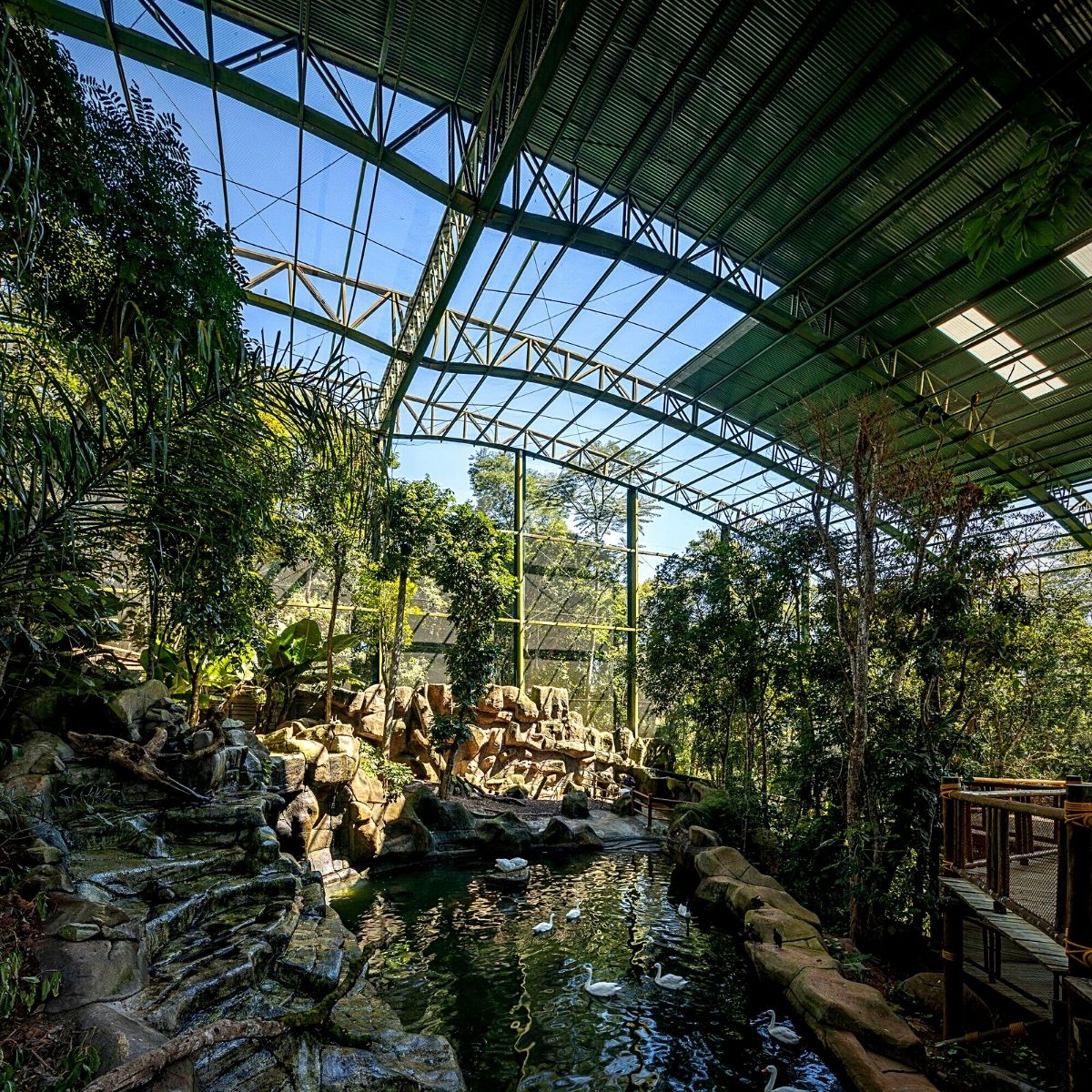
A Design That Showcases a Commitment to Environmental Improvement
The whole design of the bio park showcases the architects’ obligation to ecological enhancement. From the choice of natural substrates, all the way to the native vegetation used, the design work heeds the idea of enriching the environment. This idea is enhanced by the presence of the water ponds and waterfalls, much like there are in the animals’ natural habitats.
The bio park, which takes the form of a sort of immersive vivarium, hence, leverages the sustainable and nature-centric architecture employed to heighten both the visitors’ and animals’ well-being by adding natural elements that enhance their quality of life.
Animália Park was basically created with the concept of serving the whole family, uniting fun and environmental conservation, according to businessman Anael Fahel, who is the proprietor of the Expoaqua Group, which owns the bio park, the São Paulo Aquarium, and the concession of the São Bernardo do Campo Children's City Park.
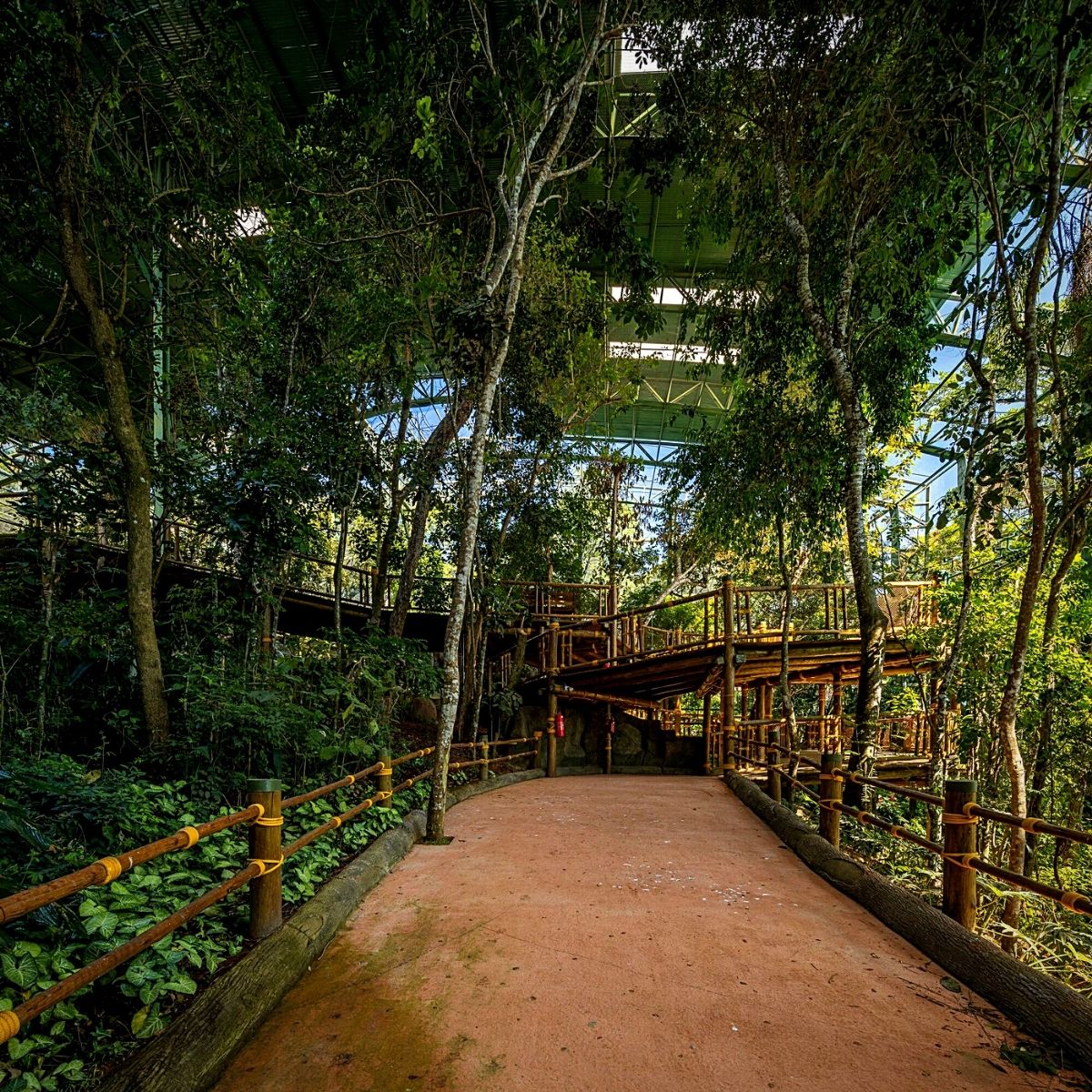
Anael Fahel:
“We are happy to open this park here in Cotia. I'm sure families will build good memories here.”
Other than bringing together the community and the fauna in a peaceful natural setting, the park also strives to create reciprocally respectful connections between humans and animals and foster mutual coexistence between them.
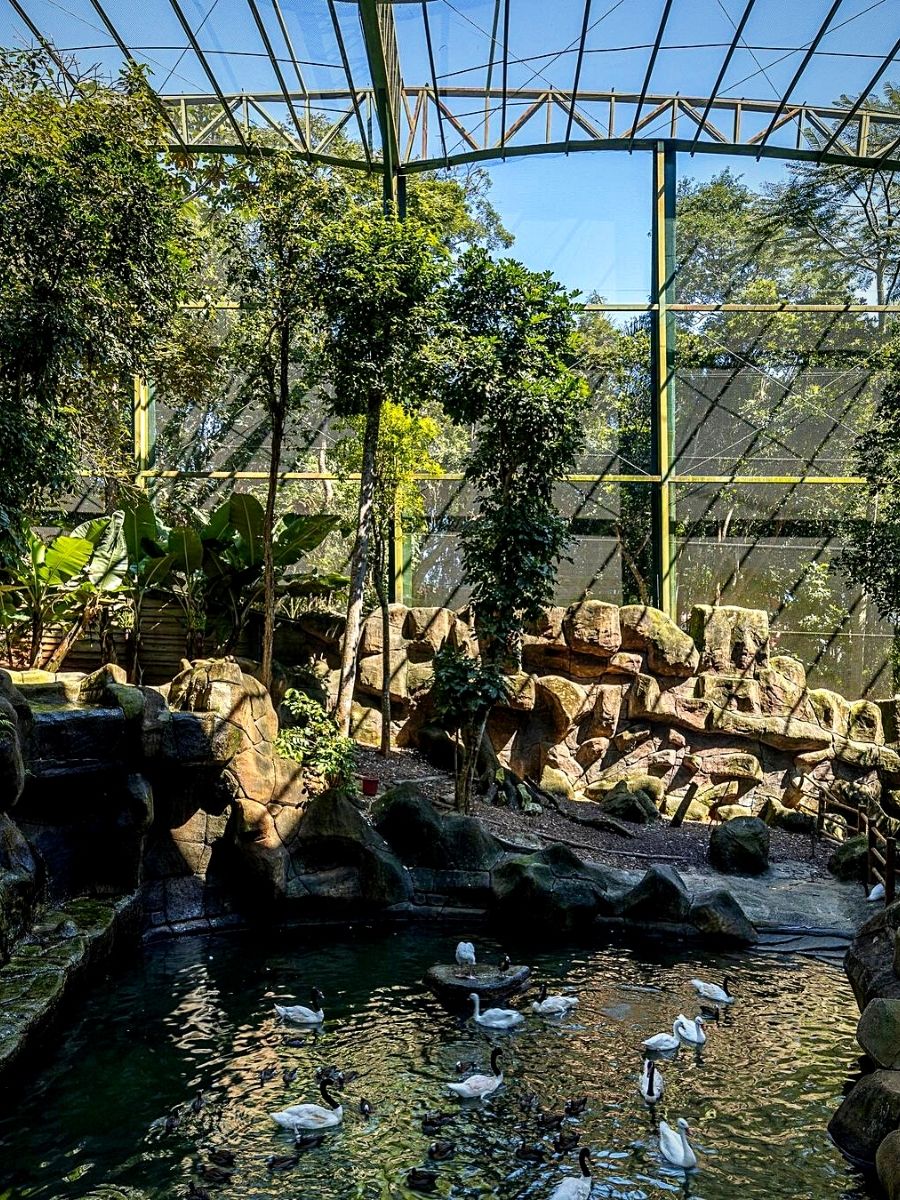
For that reason, Animalia Park is a definite must-visit for anyone interested in learning more about the natural world and how humans can live in harmony with it.
Photos by @omanuelsa and @am2.arquitetura on Instagram.

